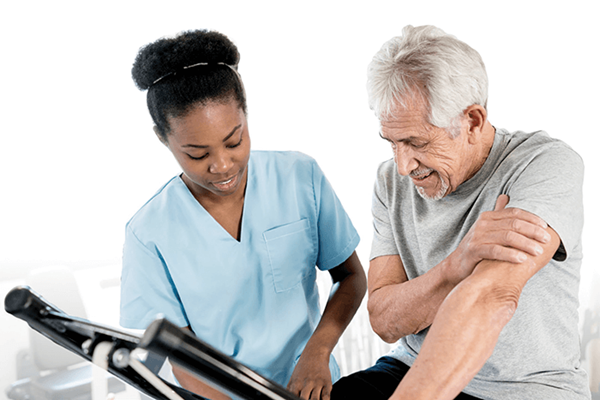15 Things Caregivers Should Know After a Loved One Has Had a Stroke
These 15 tips can help you identify and handle common issues as you care for your loved one:
- It’s better to find out than miss out. Be aware of your loved one’s medications and their side effects. Find out if your home should be modified to meet the needs of the stroke survivor. Ask a doctor, nurse or therapist to answer your questions about what to expect.
- Reduce risks, or stroke may strike again. Survivors are at high risk of having another stroke. Make sure your loved one eats a healthy diet, exercises, takes medications as prescribed and visits their healthcare provider regularly.
- Many factors influence recovery: where in the brain the stroke occurred; how much of the brain was affected, the survivor’s motivation; caregiver support; the quantity and quality of rehabilitation; and the survivor’s health before the stroke.
- Gains can happen quickly or over time. The most rapid recovery usually occurs during the first three to four months after a stroke, but some survivors continue to recover well into the first and second year after their stroke.
- Some signs point to physical therapy. Caregivers should consider assistance from a physical or occupational therapist if their loved one has: dizziness; imbalance that results in falls; difficulty walking or moving around daily; inability to walk six minutes without stopping to rest; inability to participate in or complete daily activities.
- Don’t ignore falls. Falls after stroke are common. If a fall is serious and results in severe pain, bruising or bleeding, take your loved one to the emergency room. If your loved one has minor falls more than two times within six months, see your physician or physical therapist for treatment. For additional resources, check out our balance exercise videos.
- Measuring progress matters. How much acute rehabilitation therapy your loved one receives depends partly on the rate of improvement. Survivors in acute rehabilitation are expected to make measurable functional gains every week based on the Functional Independence Measure Score (FIMS). Functional improvements include daily, mobility and communication skills. The typical rehabilitation expectation is improving 1-2 FIMS points per day.
- A change in abilities can result in a change in services. Medicare coverage for rehabilitation therapies may be available if your loved one’s physical function has changed. Any improvement or decline in motor skills, speech or self-care since the last time your loved one was in therapy may mean eligibility changes in services.
- Monitor changes in attitude and behavior. Evaluate whether your loved one is having a hard time controlling emotions. Consult a healthcare provider to develop a plan of action.
- Stop depression before it hinders recovery. Post-stroke depression is common, with as many as 30-50 percent of stroke survivors depressed in the early or later phases of post-stroke. Post-stroke depression can significantly affect your loved one’s recovery and rehabilitation. Consult a healthcare provider to develop a plan of action.
- Seek support. Community resources, such as stroke survivor and caregiver support groups, are available for you and your loved one.
- Learn the ins and outs of insurance coverage. Consult with your loved one’s healthcare provider, case manager, social worker or insurance company to find out how much and how long insurance (private or government supported) will cover medical and rehabilitation services in and out of the hospital and to determine out-of-pocket expenses. This can vary substantially from one case to another.
- Know when to enlist help. If rehabilitation services are denied due to lack of “medical necessity,” ask your loved one’s healthcare provider to provide records to the insurance carrier and, if necessary, call the insurance company.
- Know your rights. You have access to your loved one’s medical and rehabilitation records, including written notes and brain imaging films.
- Take care of you. Take a break from caregiving by asking another family member, friend or neighbor to help while you take time for yourself. Eat healthy, exercise and get adequate rest.






